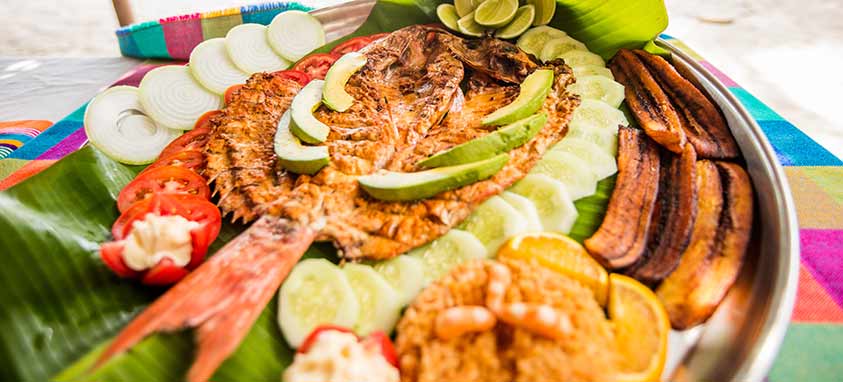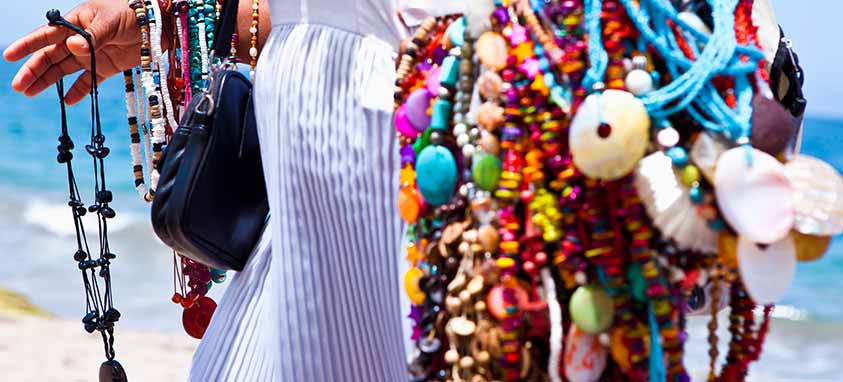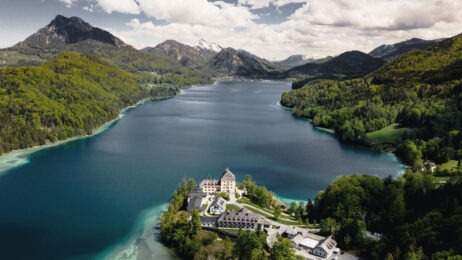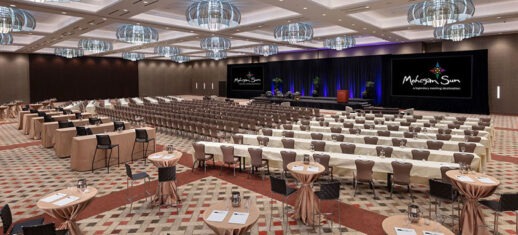Riviera Nayarit has a rich and diverse heritage comprising four different ethnic groups—Huicholes, Coras, Tepehuanos and Mexicaneros—still living in the region and practicing their distinct customs. The mix of their longstanding traditions underlies the region’s culinary traditions, folklore, shopping, art and handicrafts.
The first settlement in the Puerto Vallarta area occurred in 1851. At this time, the region was called Las Penas. It wasn’t until 1918 that the region would be designated as a municipally and receive the official name “Puerto Vallarta” to honor Don Ignacio L. Vallarta, a revered state representative at the time. During the 20 years after its naming, Puerto Vallarta functioned as a small fishing village.
La Paz was discovered by Hernan Cortez in 1535. At the time, the area was populated by the Pericues tribe, who were “civilized” by Jesuit conquerors who established missions throughout the Californias (from San Jose del Cabo to Oregon). La Paz remained a port for centuries, and was regarded as a strategic point for ships carrying supplies such as spices, silk and seeds of tropical trees.

Fresh Food by the Water
In Bucerias, almost a dozen beachfront restaurants let you dine with your feet in the sand, while small towns nearby feature tents on the beach where fresh grilled fish and salads are served.
Huachinango Zaradeado (pictured) is the local dish of Riviera Nayarit. The chile-marinated red snapper is grilled over mesquite chips. Many local restaurants serve this delectable seafood dish.
Puerto Vallarta has many unique and even immersive culinary experiences. DeuxMec—by Swedish chef Andreas Fischer—features a casually sophisticated ambiance. To elevate classic dishes, the finest domestic and imported ingredients are applied to old favorites. The menu is altered every two weeks to ensure novelty.




